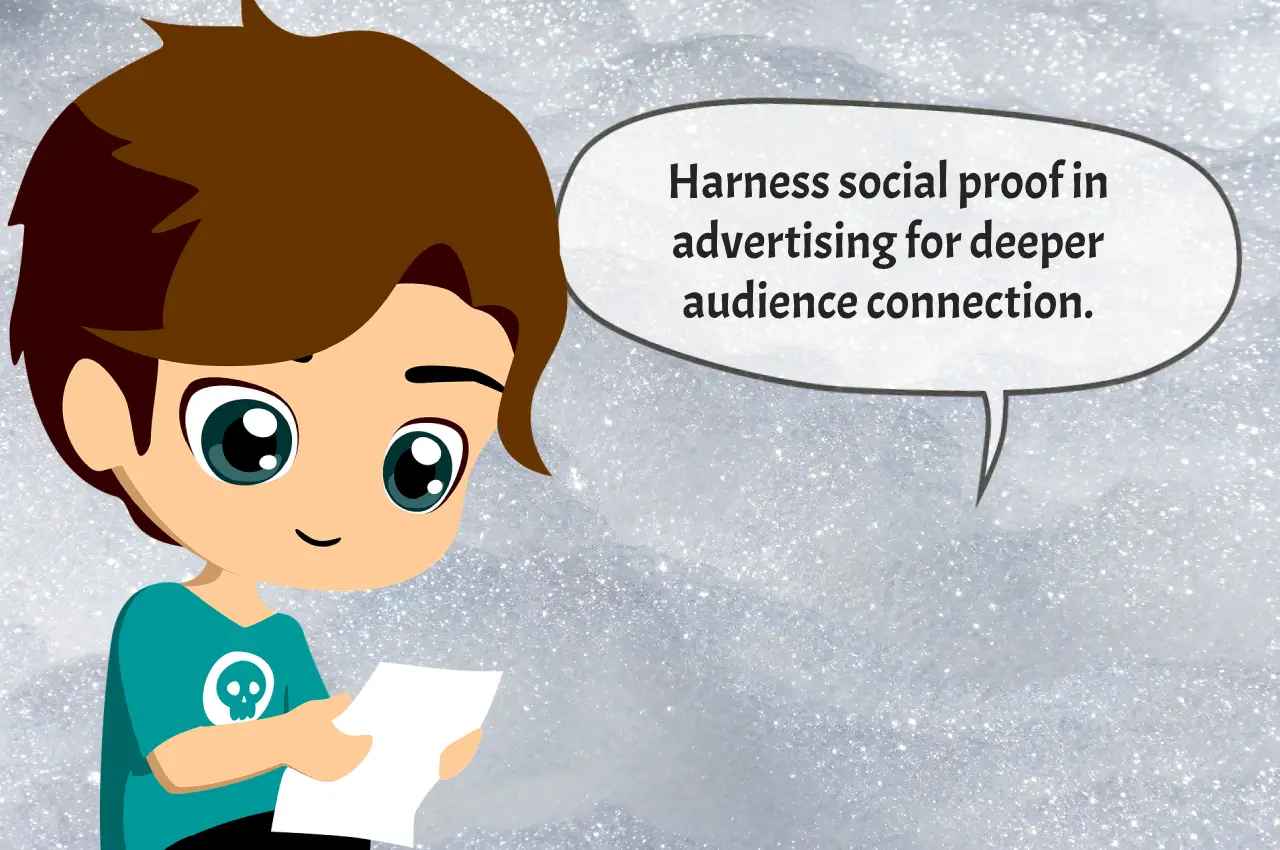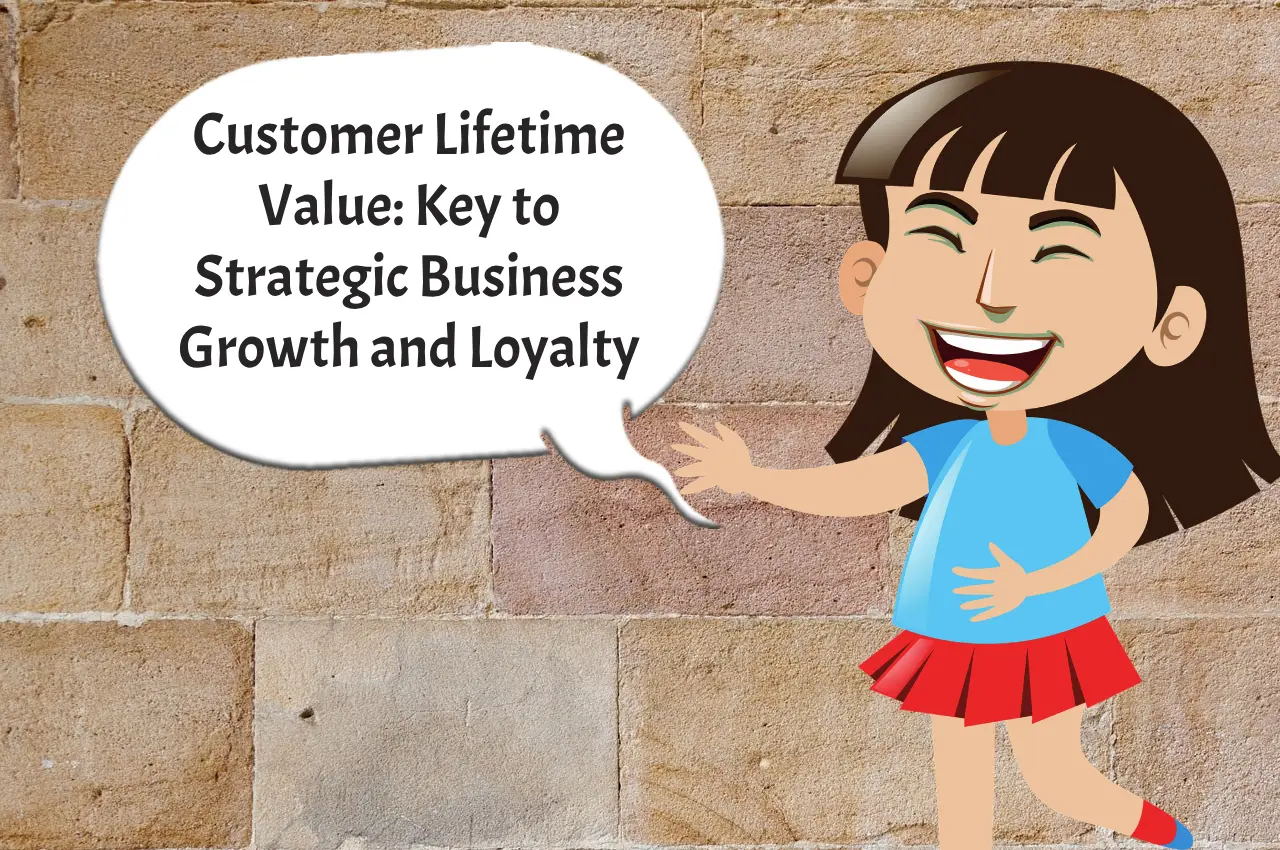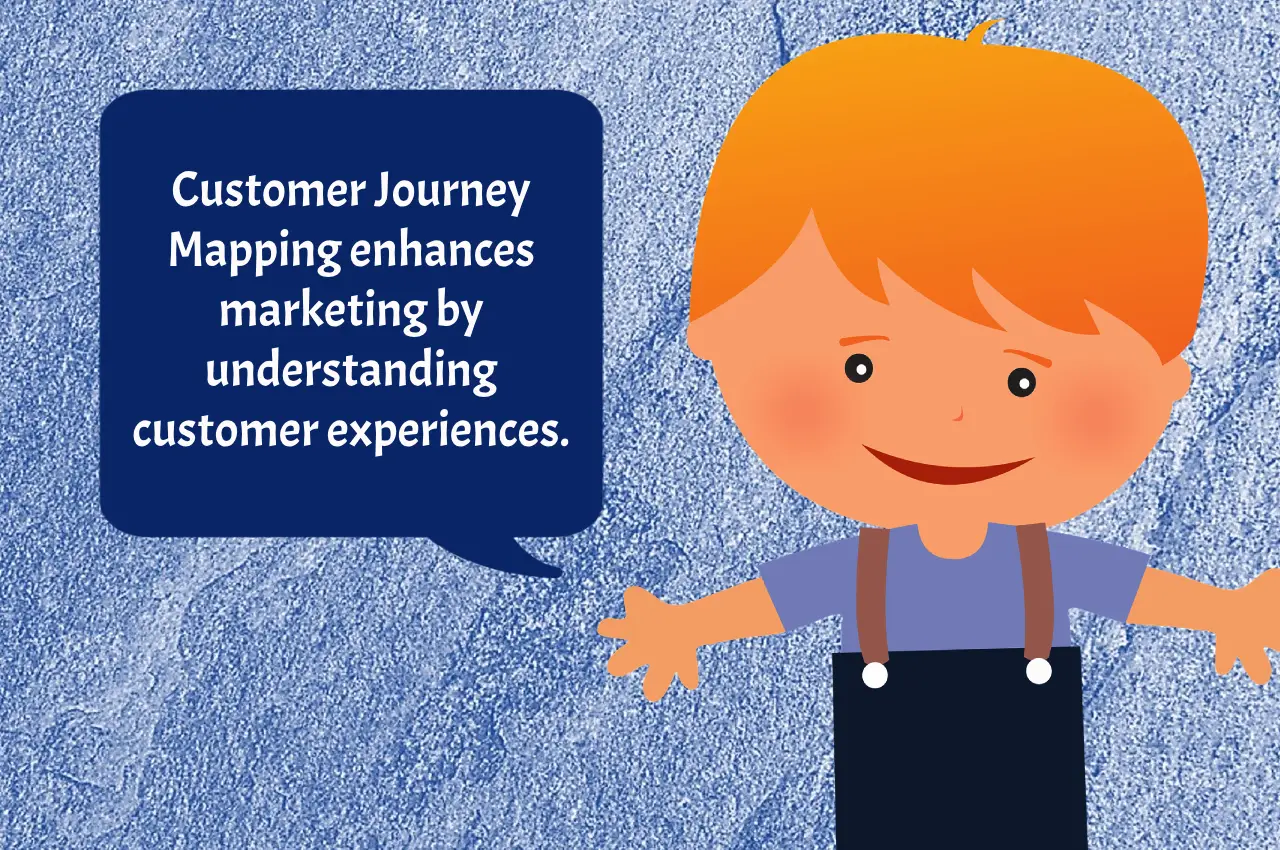In the dynamic world of advertising, one element stands out as a game-changer – social proof. It’s not just a trendy buzzword; it’s a psychological phenomenon deeply embedded in human behavior. This article delves into the intricacies of social proof, exploring its impact on ad campaign success and unraveling practical strategies for advertisers to leverage.
Decoding the Psychology Behind Social Proof
Human beings are inherently social creatures, wired to seek guidance from others. Renowned psychologist Robert Cialdini recognized social proof as a pivotal principle of influence. At its core, social proof suggests that when we witness others engaging in certain behaviors, we are more likely to follow suit, especially when uncertainty looms. Understanding this fundamental human tendency is paramount for advertisers looking to connect with their audience on a deeper level.
Exploring Diverse Forms of Social Proof in Advertising
Celebrity Endorsements: Icons and influencers hold sway over their followers. When a celebrity endorses a product, it creates a ripple effect, inspiring trust and interest.
User Testimonials: The power of storytelling comes to the forefront. Genuine narratives from real customers serve as compelling endorsements, providing a relatable touch.
Expert Approval: Trust is solidified when an industry expert vouches for a product’s quality. This form of social proof elevates credibility.
Social Media Influence: The digital age has magnified the impact of likes, shares, and comments. Social media serves as a virtual stage where products gain approval or disapproval.
Case Studies: Detailed accounts of how a product addresses specific needs offer a comprehensive view of its benefits, reinforcing trust.
Unveiling the Impact of Social Proof on Ad Campaign Success
Consider the “Share a Coke” campaign—a masterstroke by Coca-Cola. By personalizing bottles with names, they triggered a social media frenzy as people shared their unique experiences. This blending of personalization and social proof catapulted the campaign to unprecedented success.
Apple, too, seamlessly integrates user-generated content into its advertising. Real users expressing genuine love for their Apple products serve as living testimonials, fostering a sense of trust among potential customers.
Strategies for Seamless Integration
Showcasing Real People: Authenticity resonates. Incorporate images and testimonials from actual customers, fostering a genuine connection.
Amplifying Endorsements: If a celebrity or expert aligns with your product, make it a focal point of your campaign to capitalize on their influence.
Harnessing User Reviews: Actively encourage customers to leave reviews and prominently feature these authentic endorsements in your ads.
Fostering Social Media Engagement: Craft content that sparks interaction—likes, shares, and comments create a virtual community endorsing your product.
Backing Claims with Numbers: Impressive sales figures and a large customer base provide tangible evidence of your product’s popularity.
Best Practices for Maximizing Social Proof’s Effectiveness
Authenticity First: Avoid the temptation to fabricate reviews or endorsements. Authenticity builds trust, a cornerstone of social proof.
Relevance Matters: Ensure that the social proof aligns with your target audience’s interests and needs. Tailor your approach to maximize relatability.
Regular Updates: Keep it fresh. New testimonials and updated endorsements demonstrate an ongoing positive relationship with your customers.
Diversity in Representation: Showcase a diverse range of people enjoying your product. Inclusivity fosters a broader appeal.
Quality Over Quantity: A handful of genuine and impactful endorsements carry more weight than a multitude of tepid ones.
Navigating Challenges and Considerations
While it is a formidable ally, it comes with its set of challenges. Negative social proof, such as unfavorable reviews, can tarnish your brand. Relying solely on celebrity endorsements poses risks if the celebrity falls out of favor or faces controversies.
In conclusion, social proof emerges as a linchpin in advertising success. It transcends mere trends, tapping into the psychology of human behavior. Advertisers who grasp its nuances and seamlessly integrate social proof into their campaigns stand to reap significant rewards.
Now, I invite you to share your experiences. Have you witnessed this in action within an ad campaign? How did it influence your response? Join the conversation by sharing your stories and opinions in the comments below. Let’s continue learning and growing together.





